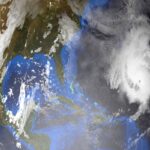This Friday, March 28, 2025, a 7.7 magnitude earthquake violently shook Myanmar, causing buildings to collapse, more than 100 people to die and hundreds to be injured. The tremor was so intense that it caused the collapse of a skyscraper in Bangkok, Thailand, hundreds of kilometers from the epicenter.
Local authorities reported that the number of victims could increase as rescue efforts progress, according to media outlets such as CNN. The earthquake was considered one of the strongest recorded in the region in decades, and the aftershocks continue to generate panic. The following is a list of the 5 most powerful earthquakes in history.
1. Valdivia Earthquake, Chile (1960) – Magnitude 9.5
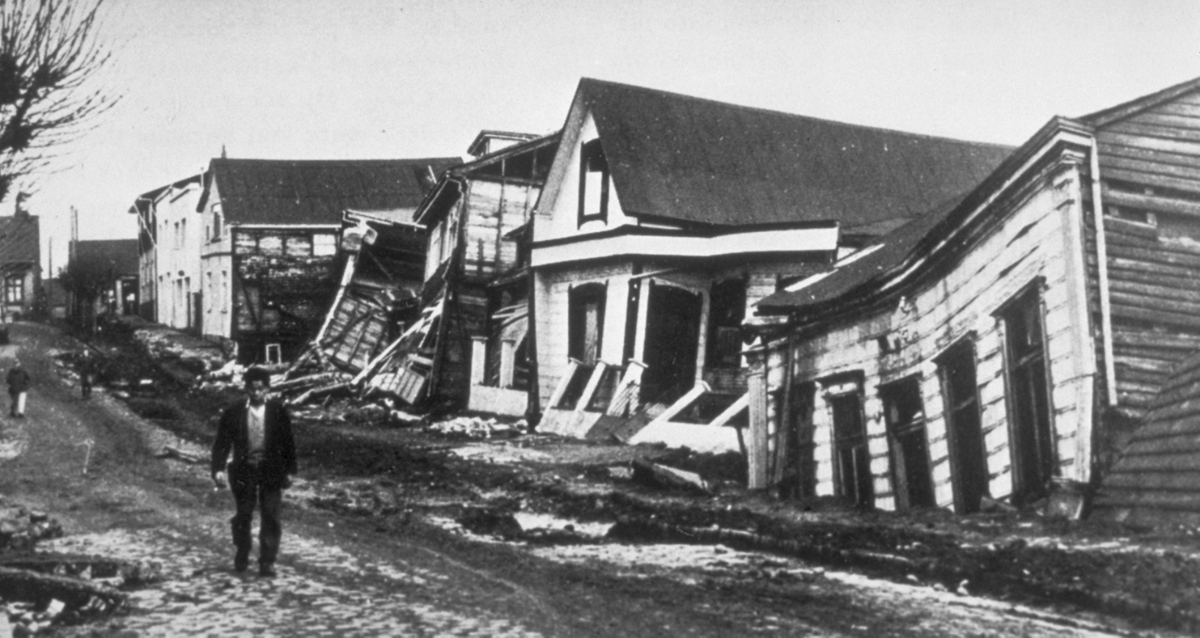
The strongest earthquake ever recorded occurred on May 22, 1960 in Valdivia, Chile, with a magnitude of 9.5.
Known as the “Great Chile Earthquake”, it caused a devastating tsunami that affected not only the Chilean coast, but also Hawaii, Japan and the Philippines.
More than 2,000 people died and hundreds of thousands were left homeless.
The energy released was equivalent to nearly 20,000 Hiroshima atomic bombs.
2. Alaska Earthquake, USA (1964) – Magnitude 9.2

On March 27, 1964, a strong 9.2 magnitude earthquake struck southern Alaska.
Known as the “Great Alaska Earthquake” or the “Good Friday Earthquake,” it generated a tsunami that devastated coastal communities and left 131 victims.
It was the strongest earthquake ever recorded in North America and one of the longest in terms of duration (approximately 4.5 minutes).
3. Sumatra-Andaman Earthquake (2004) – Magnitude 9.1
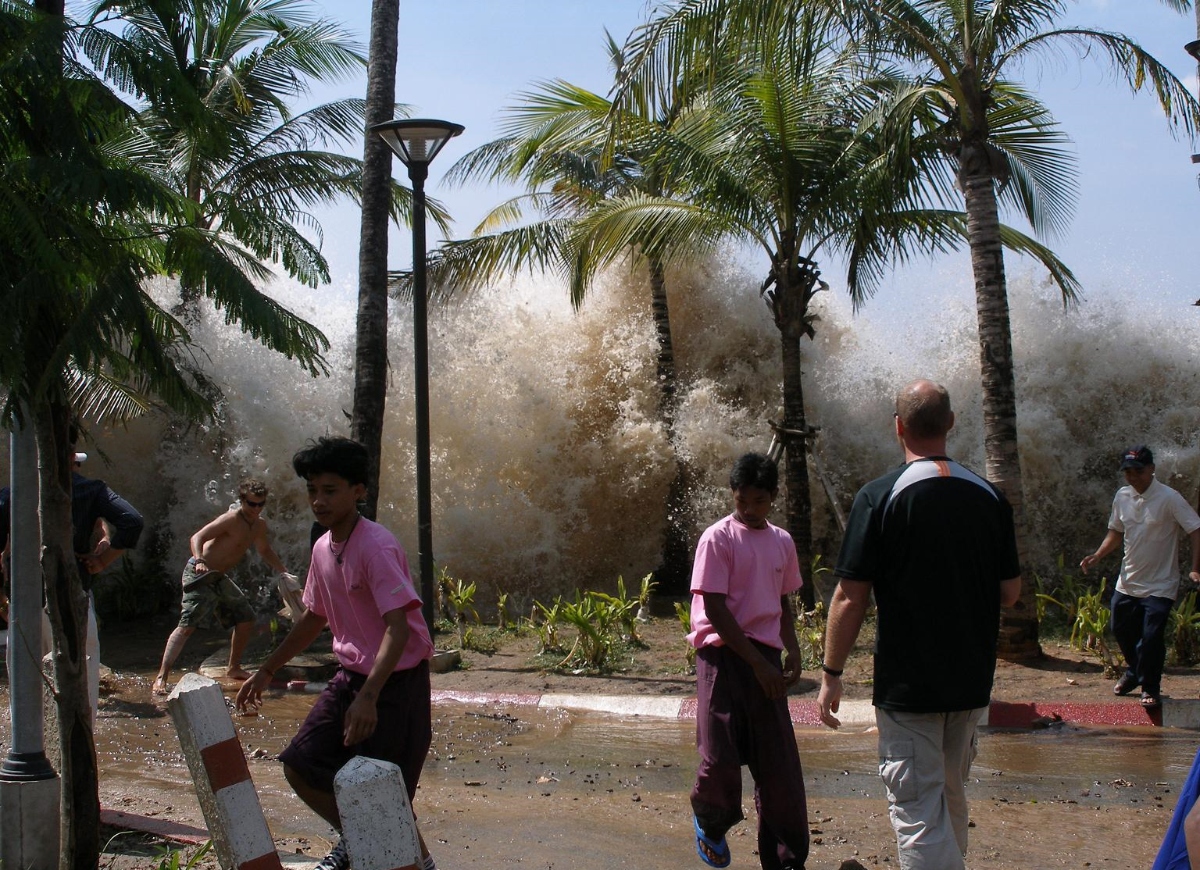
On December 26, 2004, an undersea earthquake off the coast of Sumatra triggered one of the deadliest tsunamis in history.
The disaster affected 14 countries, especially Indonesia, India, Sri Lanka and Thailand.
More than 230,000 people lost their lives. This event prompted the creation of early warning systems in the Indian Ocean region.
4. Tohoku Earthquake, Japan (2011) – Magnitude 9.1
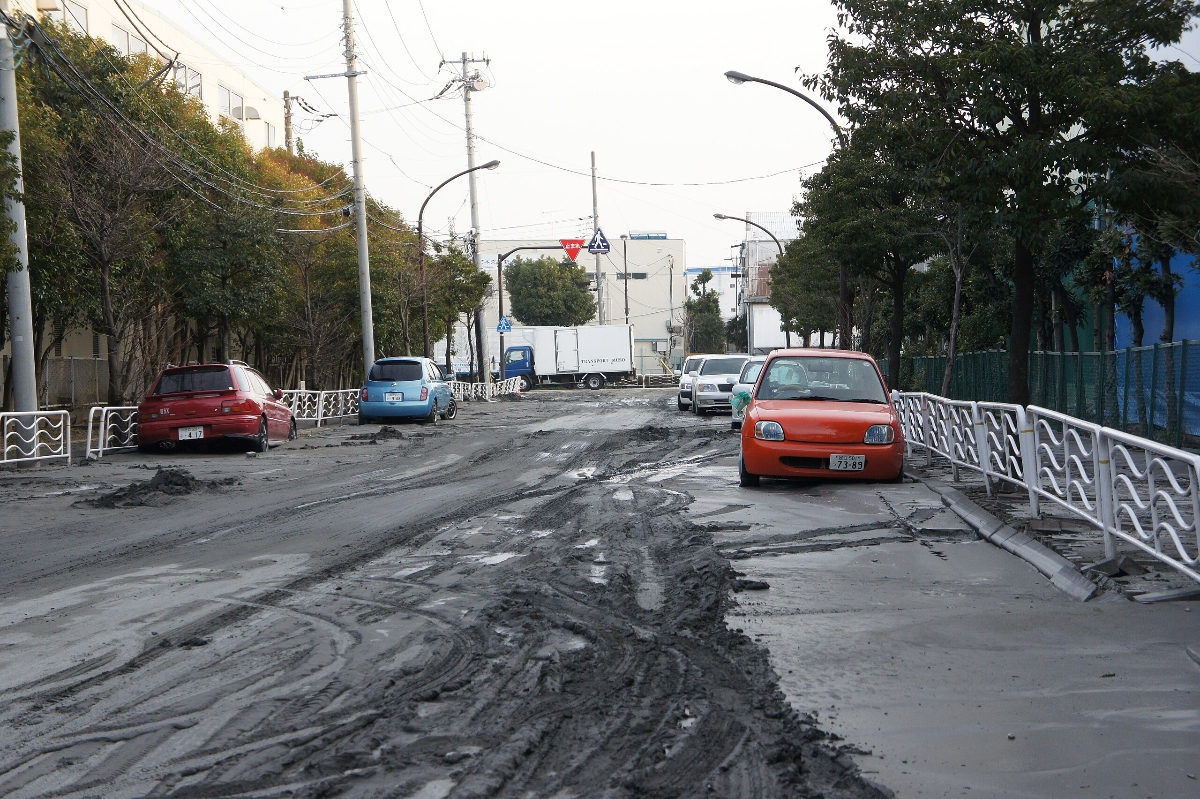
On March 11, 2011, Japan was rocked by a magnitude 9.1 earthquake, followed by a catastrophic tsunami that devastated the Tohoku region.
More than 15,000 people died and the disaster led to the Fukushima nuclear accident, one of the worst in history.
Japan has significantly improved its warning and preparedness systems since then.
5. Kamchatka Earthquake, Russia (1952) – Magnitude 9.0
This powerful earthquake shook the Kamchatka Peninsula on November 4, 1952, generating a tsunami that reached Hawaii and affected the west coast of North America.
Despite its magnitude, the number of victims was limited due to the low population density of the region.
Other major earthquakes
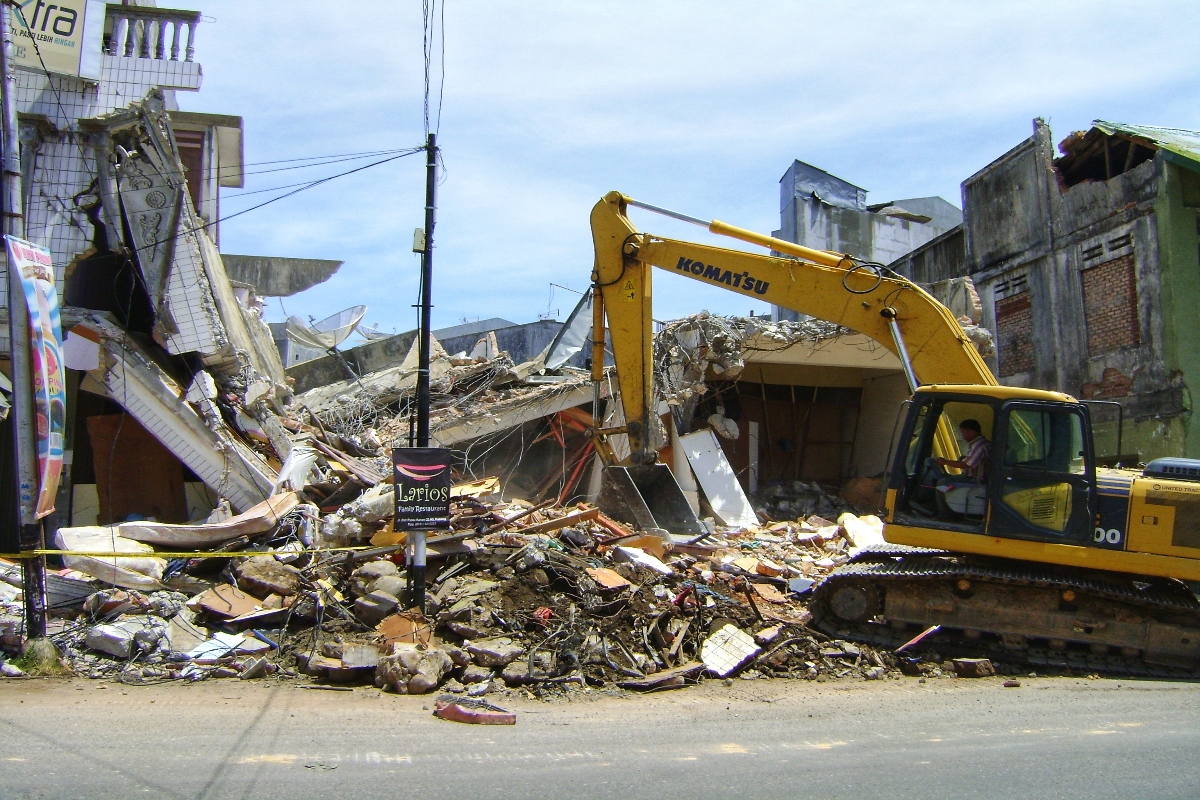
Chile (2010) – Magnitude 8.8: Caused a tsunami that affected several Chilean cities, with 525 deaths and a significant economic impact.
Ecuador-Colombia (1906) – Magnitude 8.8: Unleashed a tsunami that crossed the Pacific, reaching Hawaii and Japan.
Rat Islands, Alaska (1965) – Magnitude 8.7: Generated a small tsunami with no fatalities.
Assam-Tibet (1950) – Magnitude 8.6: Caused landslides and affected thousands of people.
Sumatra, Indonesia (2012) – Magnitude 8.6: An intraplate earthquake that, surprisingly, did not generate a significant tsunami.
The one in Myanmar, magnitude 7.7

According to the Richter scale, any earthquake greater than 7.0 is considered major and potentially destructive.
At 8.0 and above, damage is usually massive.
The death toll could rise as rescue efforts progress
QueOnnda.com
Although the Myanmar earthquake does not rank among the most intense in history, its magnitude was sufficient to leave a significant regional impact.
Relevance to Hispanics
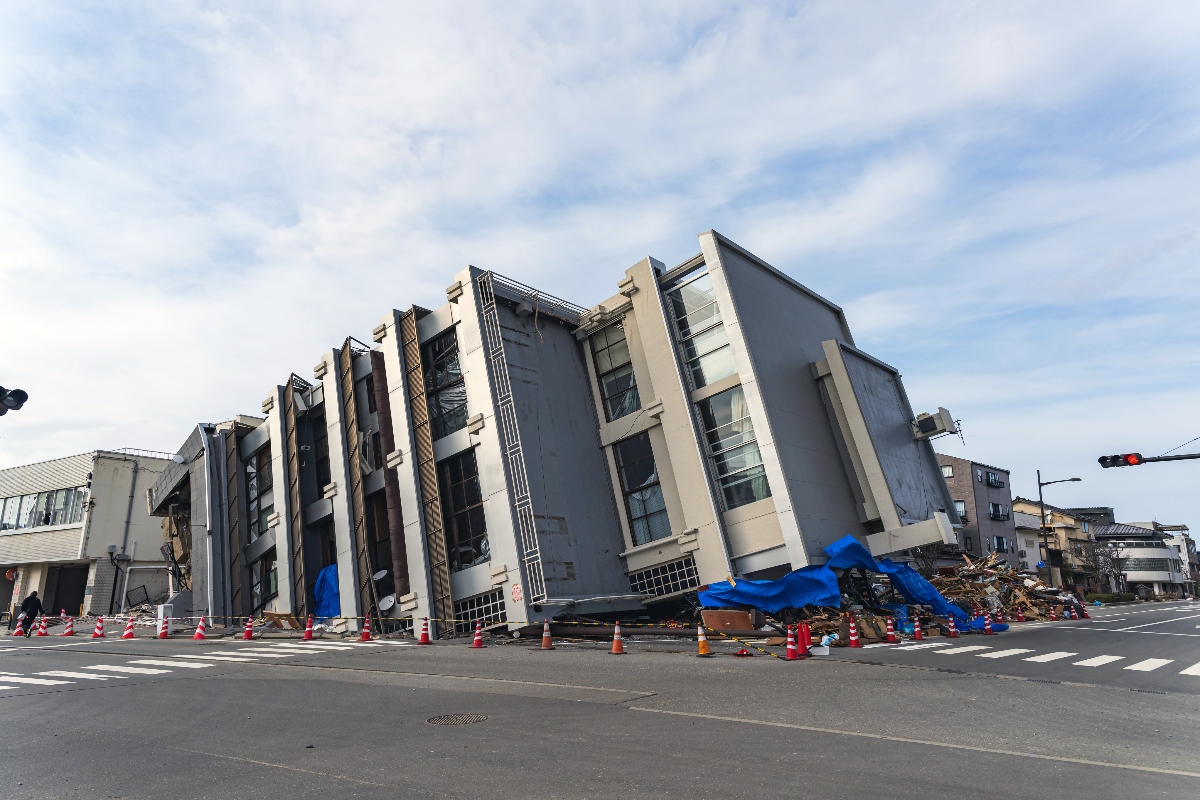
Many of the most devastating earthquakes in history have directly impacted countries with strong cultural, familial and migratory ties to the Hispanic community in the United States.
Examples such as the earthquakes in Chile in 1960 and 2010, Mexico in 1985 and 2017, Peru in 2007, as well as the tremors in California – where a large Latino population lives – have left their mark not only in their respective countries.
Thousands of families who live in the north of the continent and maintain close contact with their loved ones in areas of high seismic risk.
Being informed about the most significant earthquakes in history and recent events, such as the earthquake in Myanmar, is not only of general interest.
It also represents an opportunity to raise awareness about natural disaster preparedness and response.
In many U.S. cities, especially in states such as California, Texas, Arizona, and Nevada, millions of Hispanics live in areas where seismic activity is constant or potentially dangerous.
For more information, visit QueOnnda.com.























